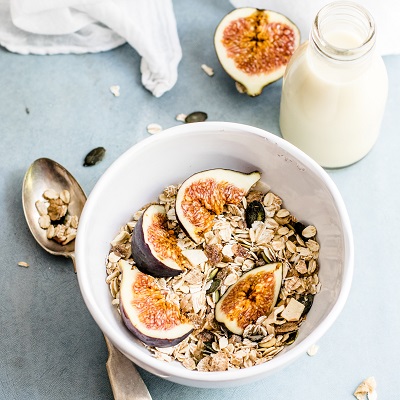 How much do you know about your microbiome? It’s the collection of bacteria and various other organisms that live in your gut. We’re still learning exactly what they do, but the importance of the human microbiome has become more and more apparent in recent years.
How much do you know about your microbiome? It’s the collection of bacteria and various other organisms that live in your gut. We’re still learning exactly what they do, but the importance of the human microbiome has become more and more apparent in recent years.
It has become so important; the gut microbiome is often referred to as the second brain. The more we learn, the more connections we are finding between the gut and the brain.
For example, did you know that there is a link between depression and a lack of certain bacteria in the gut? The same goes for migraines.
In other words, making sure those little critters in your gut are healthy and well-fed will go a long way toward helping your entire body stay healthy. And the best thing you can do for your microbiome is to eat a varied diet full of different fibers. Let’s talk about how to do that.
There are all sorts of different types of bacteria and other microorganisms that live in our gut. Each family or each type thrives on a different type of nutrients, especially various forms of fiber and starches. The idea is to encourage a diverse biome by eating lots of different types of food, particularly those rich in fiber. That means fruits, vegetables, grains, nuts and seeds and the like.
A fun way to accomplish this is by challenging yourself to eat 30 or more different types of plants each week. It sounds like a lot at first glance, but when you realize that each different type of lettuce, each herb, each type of grain and each spice counts, it’s not that hard to get to thirty and beyond. Let’s take a look at what that might look like.
For breakfast, you can have things like oatmeal, whole grain toast, grits, granola, or a smoothie full of different fruits and veggies. Throw some chia seeds or flax seed in and you’ll add quite a bit of variety each day.
For lunch, have a mixed salad one day, a flaxseed wrap another day, and hummus with raw veggies the next. And don’t forget about soup. It’s a great source of all sorts of different fibers. Throw in some buckwheat or wild rice and you’ll add even more diversity.
Did we hit twenty yet? If not, mix up your starches by using potatoes, sweet potatoes, various types of pasta, breads, and things like couscous or quinoa. Roast a few of your favorite veggies and let’s not forget about beans and other pulses. Try different types of beans, lentils, and dried peas.
By getting creative, you can get close to hitting your thirty different plants in a single meal by making a big pot of soup or chili full of different beans, veggies, herbs, and spices. Give it a try. And don’t forget about various nuts and seeds. They make great snacks and help you reach your plant diversity goal.






